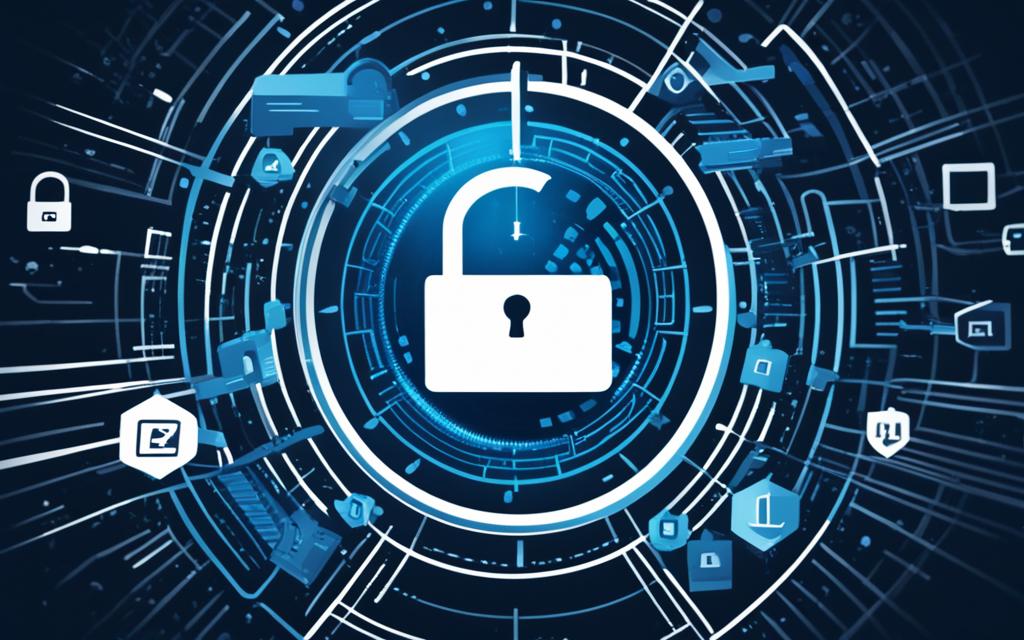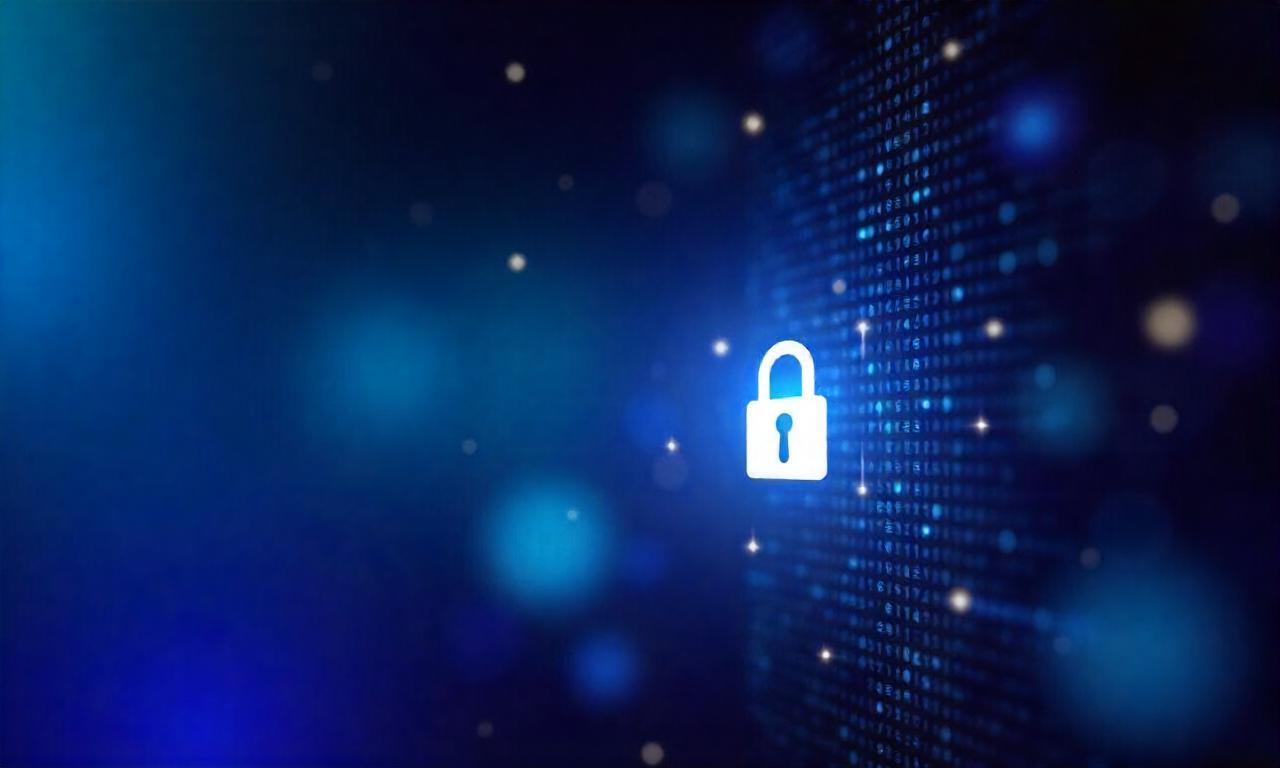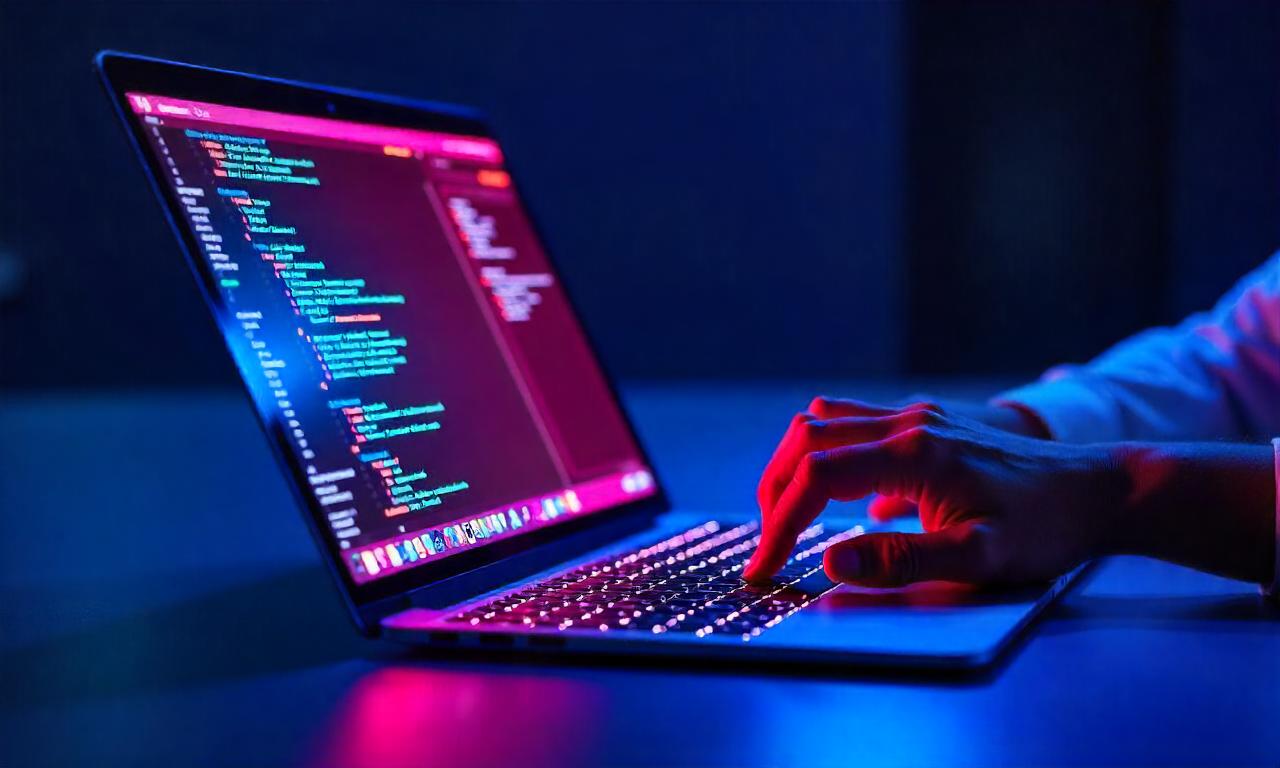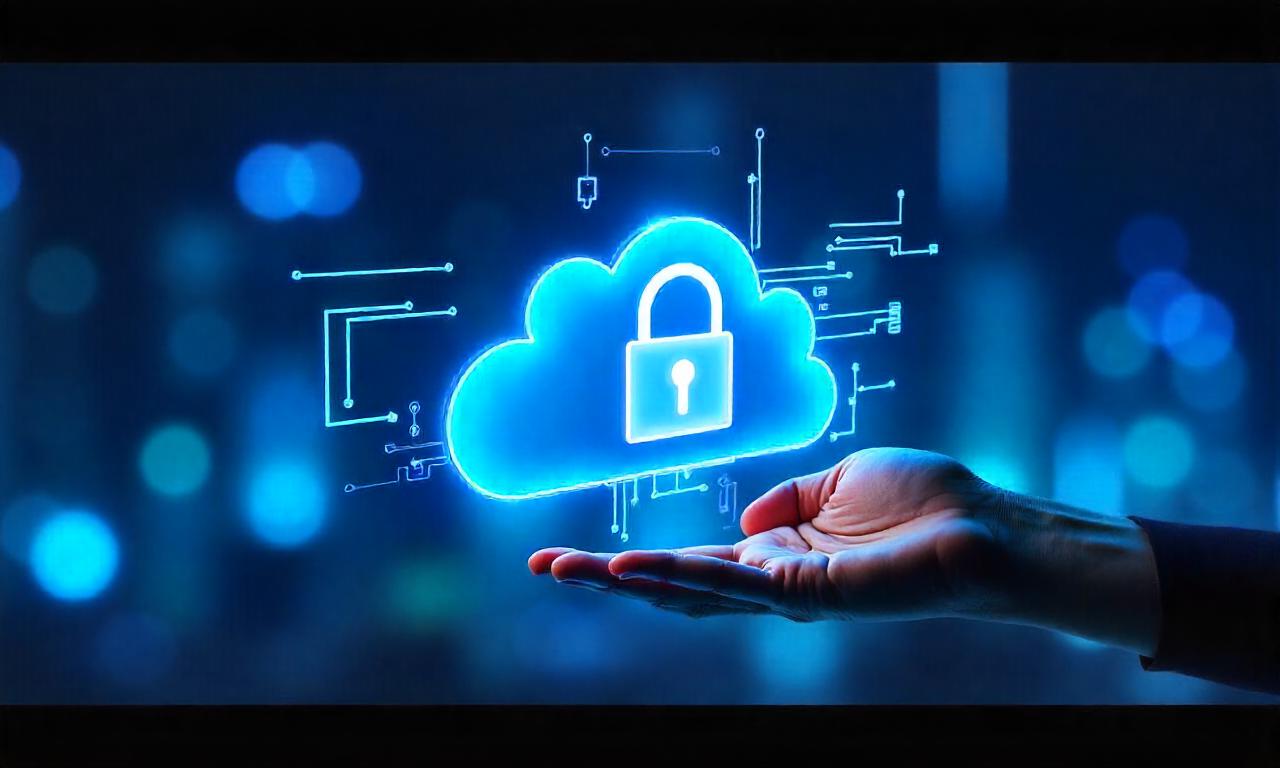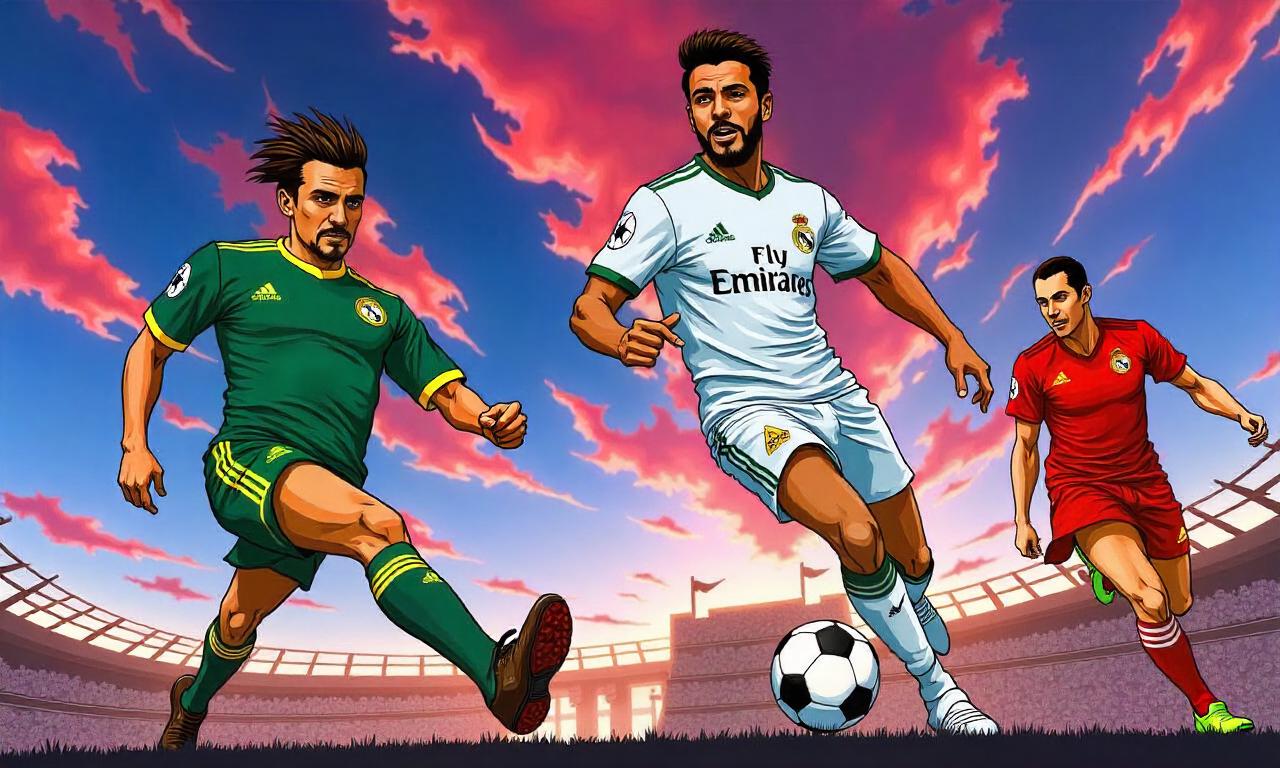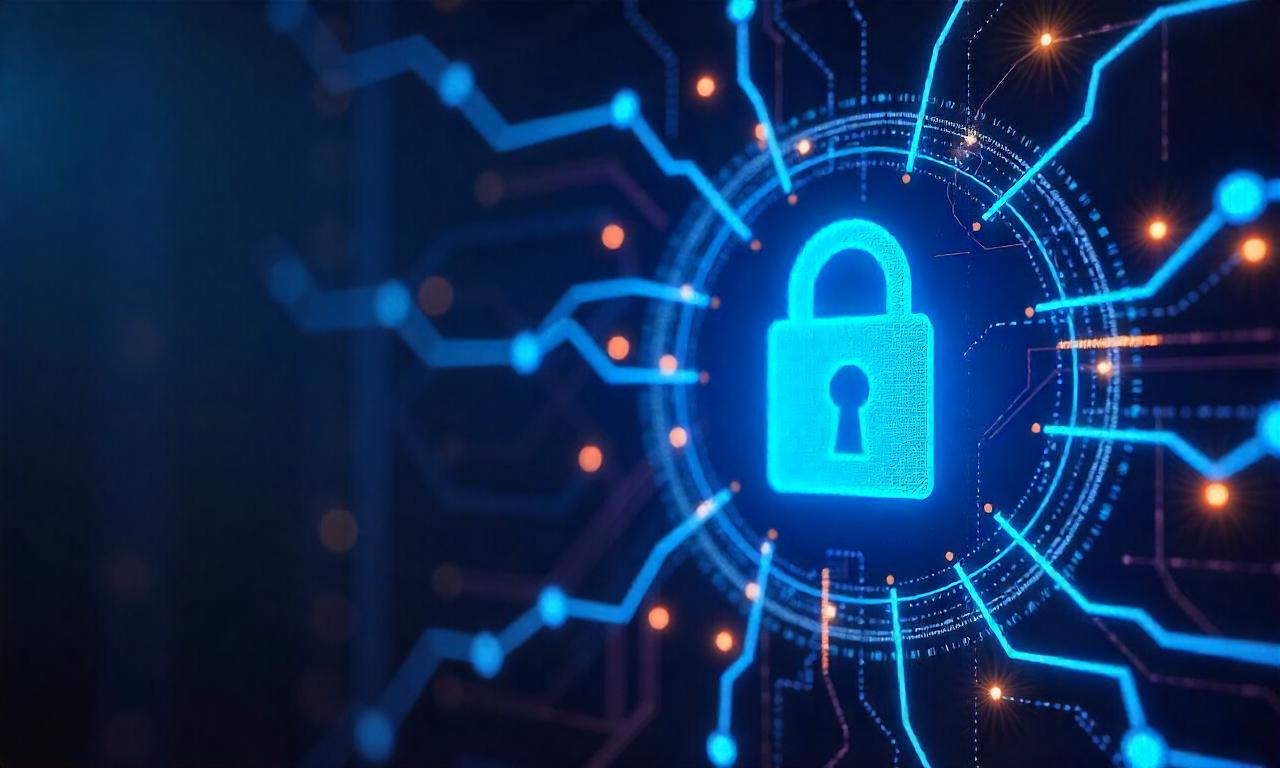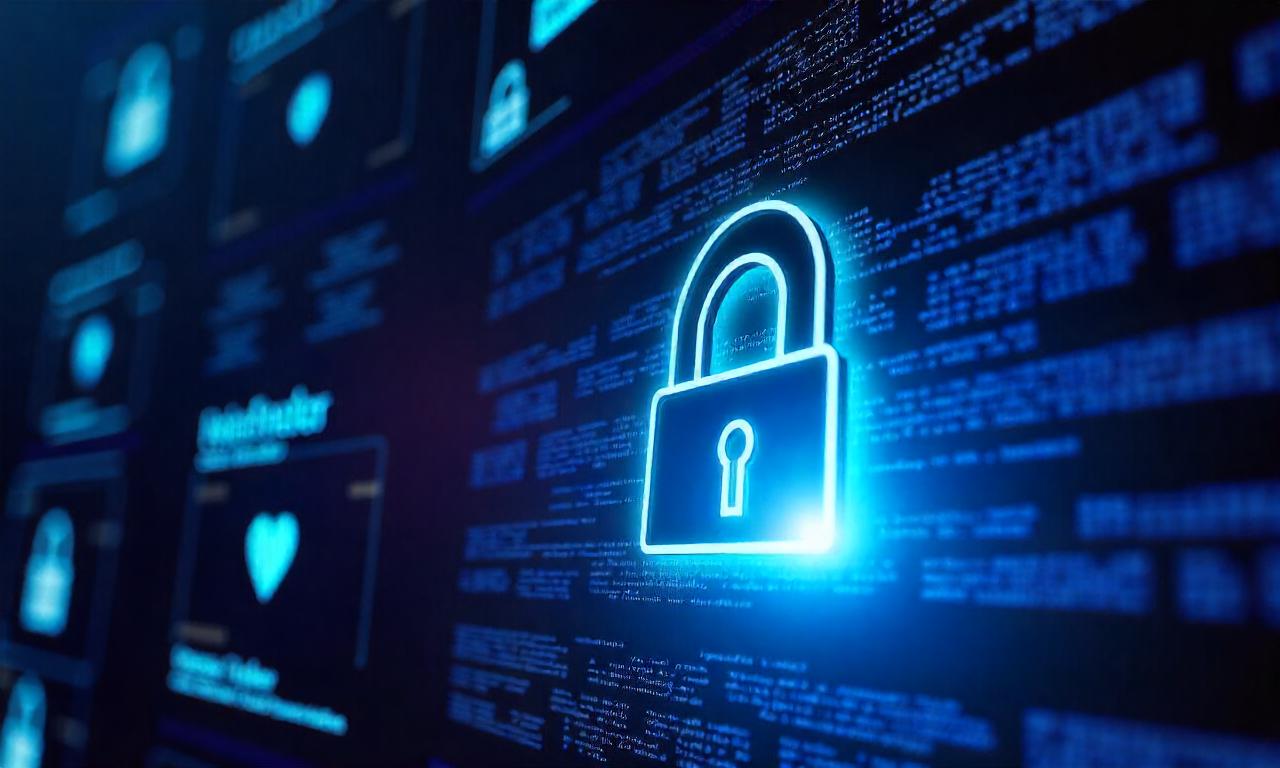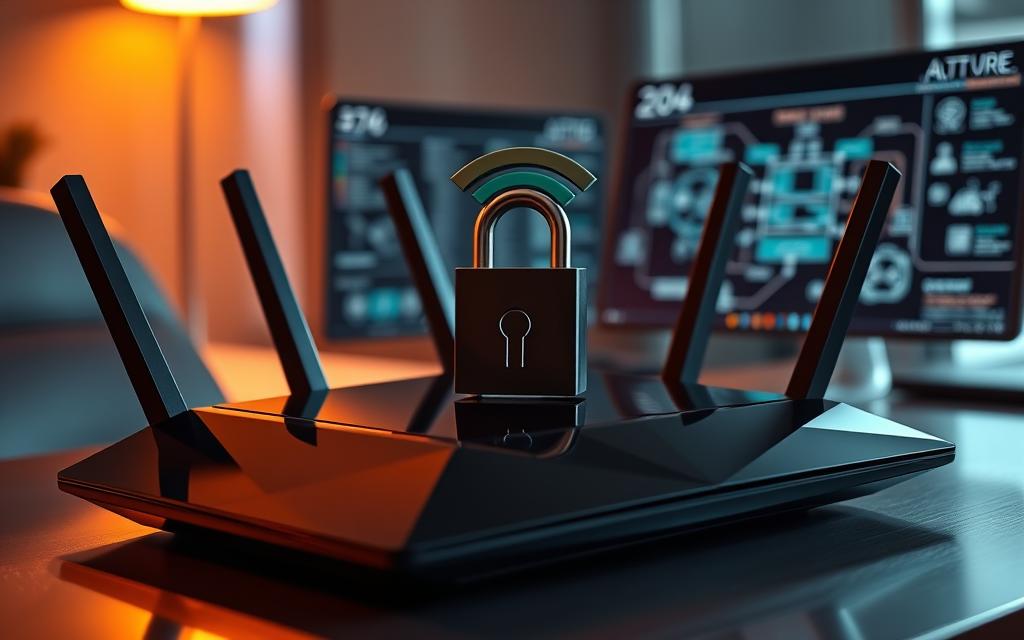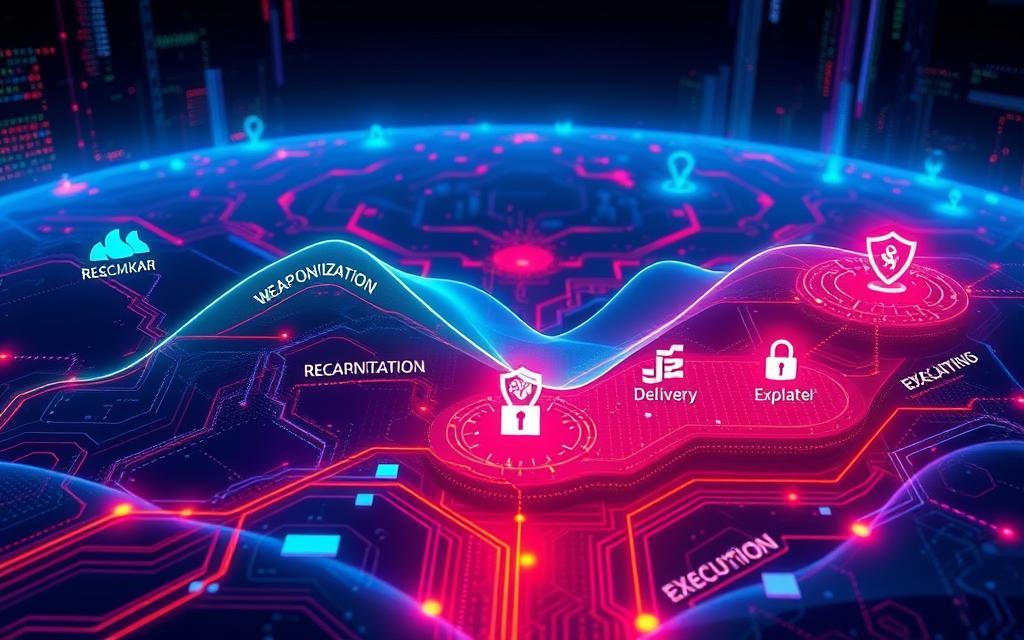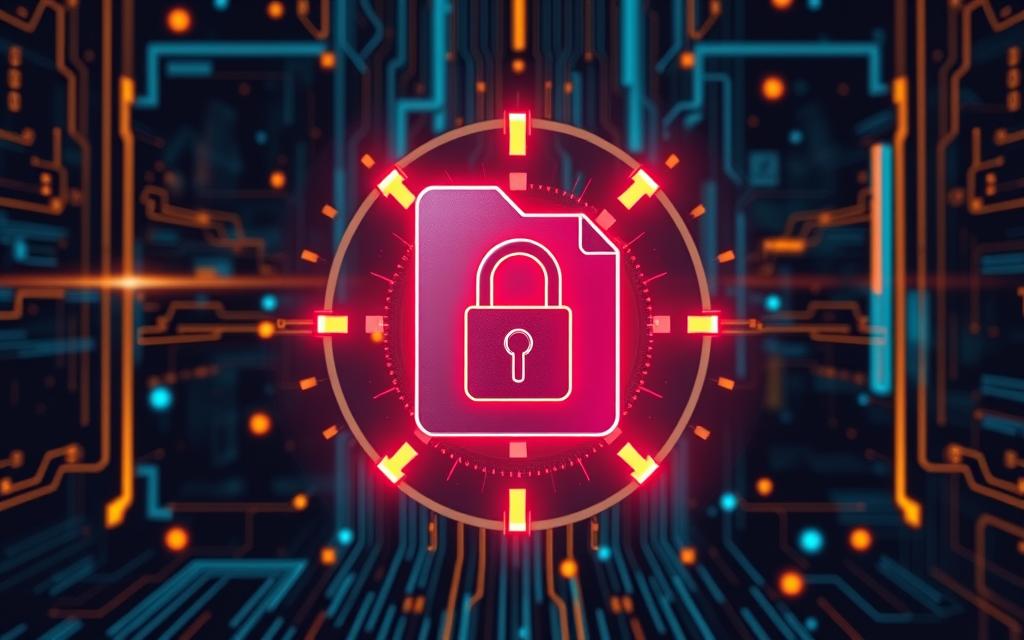In our digital world today, we share a lot of important info through email. It’s now more vital than ever to keep our email exchanges private. Email encryption is a powerful method to make our digital conversations safer. It makes sure only the people we choose can read our messages and files.
YaleConnect is excited to give our users the benefit of email encryption. This tool turns our emails and attachments into a secret code. It means that only the person we send it to can decode and read it. With this technology, we’re able to easily keep our emails private. We can protect our important info with confidence every time we send an email.
This guide will take you through everything you need to know about encrypted emails. We will cover the basics of email encryption and why it is important for keeping our messages safe. Moreover, we will show you exactly how to encrypt your emails for added privacy. Whether you’re already familiar with encrypted emails or just starting, you’ll learn everything needed to make your email communication secure. This knowledge will help you protect your online activities.
Table of Contents
ToggleUnderstanding Email Encryption
Email encryption is a key step in protecting our online talks’ secrecy. It changes our emails and their files into secret codes. This way, only the person we send to can read them. It stops others from seeing our personal or important info.
What is Email Encryption?
Email encryption is how we make our email messages safe. It turns our emails and any files attached into a code. Only the person we sent it to can decode and read it. This keeps our private info just between us and the receiver.
Why is Email Encryption Important?
Email encryption matters a lot for keeping info safe. It protects things like our personal details, financial info, or private business talks from being seen by others. Encrypting our emails stops anyone else from getting the info. This helps avoid problems like identity theft or leaks of private data.
Types of Email Encryption
There are two main kinds of email encryption: S/MIME and PGP. They both use special online certificates and codes to keep our emails safe. Knowing the choice we have between S/MIME and PGP lets us pick the best for our needs. This is important for understanding how to send encrypted email, email encryption, and its importance.
how to send encrypted email
To send an encrypted email, you can set up your email client or use a secure email service. First, you need a digital certificate. Then, adjust your email client for encryption. Afterward, set up your emails with the right encryption settings.
Getting a digital certificate is a must. It confirms who you are and helps with encryption. After having one, configure your email client. For instance, if you use Outlook, set up the certificate for email protection.
Alternatively, you can use a secure email service. These services come with encryption already set up. So, you can send and get encrypted emails without tweaking your email client. ProtonMail, Tutanota, and Hushmail are known secure email service providers.
The main aim is to keep our emails private and protect important details. By sticking to secure email communication tips, you can send how to send encrypted email safely. This way, you secure your online conversations.
Setting Up Email Encryption
Encrypting your emails helps keep sensitive information safe. Email encryption guide will walk you through getting a digital certificate. This is key for setting up email encryption securely.
Obtaining a Digital Certificate
The first thing you need is a digital certificate. It’s like an online ID that ensures your emails are secure. Platforms like Microsoft 365 and Google Workspace make it easy to get and use these certificates.
Configuring Email Clients for Encryption
Next, you set up your email programs to work with this certificate, we’ll focus on programs like Outlook or Gmail. You’ll go into your settings and put in the certificate so your emails can be read only by the people you send them to.
- Find where your email’s security settings are.
- Press the button to add a digital certificate.
- Pick the certificate you were given and complete the setup steps.
- Make sure everything is set up correctly to secure your emails.
After doing all this, you’re ready to send emails that only the intended people can read. You’re also keeping your private information safe.
Encrypting Emails with S/MIME
S/MIME stands for Secure/Multipurpose Internet Mail Extensions. It’s a common way to encrypt emails. With digital certificates, it makes our email secret from everyone except the person we send it to. But first, we need to install an S/MIME certificate on our computer.
Understanding S/MIME
S/MIME keeps our emails safe using a technology called public-key cryptography. When we get an S/MIME certificate, we can make our emails secret. This way, only the person we send the email to can read it. It keeps important information from the wrong eyes.
Configuring S/MIME in Outlook
To use S/MIME in Microsoft Outlook, start by going to the Trust Center settings. Then, pick your S/MIME certificate. From now on, when drafting an email, choose “Encrypt.” Outlook will do the rest, encoding your email for you.
Sending Encrypted Emails with S/MIME
In Outlook, sending encrypted emails is easy once you set it up. Just choose “Encrypt” as you write a new email. Any text or files you attach will turn into a secret code. Only your email’s true recipient can decode and see it.
Encrypting Emails with PGP
PGP, or Pretty Good Privacy, is popular worldwide for email security. It uses public-key cryptography. This means a user has a pair of keys, a public one they share and a private one they keep secret. Others use the public key to send messages only the user can read with the private key.
What is PGP Encryption?
PGP encryption keeps emails private in a smart way. Each person or organization gets a special key pair. When someone sends an encrypted email, they use the recipient’s public key. Only the recipient, with their private key, can decrypt and read the message.
Setting Up PGP Encryption
To start using PGP, first, download and set up PGP software like GnuPG. Next, link it to your email program. Here’s how:
- Make your public-private key pairs in the PGP software.
- Adjust your email system to use the PGP setup easily.
- Give your public key to those you want to exchange secure emails with.
- Use the “Encrypt” choice when writing an email. This keeps your email safe with PGP before it’s sent.
PGP adds strong protection to your emails. It’s great for anyone who wants to keep their email talks private. This includes people and groups that deal with sensitive info daily.
Secure Email Providers
Setting up email encryption in your current email client is a smart move. But, you can also go with a special secure email service. These services come with their own encryption features. They add another layer of security to keep your private messages safe.
Evaluating Secure Email Providers
When looking at secure email providers, pick ones with strong encryption. Also, check their privacy and security rules. Make sure it’s easy to use, too. Doing this helps find a service that fits your needs and protects your important info.
Popular Secure Email Services
ProtonMail, Tutanota, and Hushmail are some top-notch secure email services. They use high-level encryption, like end-to-end encryption. This keeps your emails and files private. Only the people you choose can see them. Choosing these secure options boosts the safety of your important messages. It also reduces the dangers of using regular email.
Encrypting Emails in Outlook.com
If you’re part of Microsoft 365, you’ve got great email encryption tools in Outlook.com. With the “Encrypt” option, you can make sure your emails stay safe within the Microsoft 365 space. This adds a shield to your private talks.
Encrypt Option in Outlook.com
The “Encrypt” feature is a breeze to use in Outlook.com. It’s right there when you’re writing an email. It turns your words and any files into secret code. Only the person you send it to can decipher it. This way, if someone peeks at your email, they won’t understand what it says.
Encrypt and Prevent Forwarding Option
If you want even more security, there’s the “Encrypt and Prevent Forwarding” choice. Choosing this means your email is not just encrypted. It also stops the receiver from copying, printing, or sending it on. This is handy for info you really need to keep close, without it spreading further.
Best Practices for Secure Email Communication
Using encrypted email requires careful steps to ensure the highest security levels. Always check who you’re sending messages to. Handle any attached files with extra care. Keep your encryption codes safe to lock down your emails. By doing this, we make sure our private info stays safe from threats.
Verifying Recipient’s Identity
Checking who gets your email is very important. Before you hit send, make sure the person’s email and keys are right. This stops your important info from going to the wrong person. Only the right person should see your private content.
Handling Encrypted Attachments
Attachments in secure emails need special handling too. Be careful to open them the right way. This action stops secrets from being seen by anyone else. Make sure you do it right to keep your information safe.
Keeping Encryption Keys Secure
Protecting your secret codes is key. Keep your private keys in a safe place. Make sure no one can use them without your permission. Updating and looking after your keys boosts your email safety.

Conclusion
Sending encrypted emails is key to keeping our messages private. We must learn how to do this, set up the right tools, and follow helpful advice. This way, we make sure our messages are safe and only read by those they’re meant for.
Learning to use secure email helps us protect our privacy online. With email encryption, our secrets are safe from prying eyes. This guide helps us make our emails secure, creating a safe space for our online chats.
As our online world grows, keeping our emails safe becomes more important. By sticking to good habits, we help keep the internet safe for everyone. With the tips in this article, we can make our emails secure. This leads to a better and more trustworthy web.
FAQ
What is email encryption?
Email encryption turns emails and their attachments into secret codes. Only the person it’s meant for can decode and read it. This keeps emails private and safe from others.
Why is email encryption important?
Email encryption is crucial. It keeps important info safe, stops data leaks, and hides private talks. Without it, our private and sensitive information could be at risk.
What are the main types of email encryption?
The popular ones are S/MIME and PGP. S/MIME uses a certificate to code and decode emails. PGP needs a special software and key pair to lock and unlock messages.
How do I set up email encryption?
First, get a digital certificate to prove who you are in the email world. Then, teach your mail program how to use it. For example, show Outlook how to keep your emails secure.
How do I use S/MIME encryption?
S/MIME needs a certificate to work. In Outlook, tell it to use your special certificate. Now, you can send secret emails with the click of a button.
How do I use PGP encryption?
PGP works by having a key pair. You keep one key secret and share the other. First, set up PGP software with your email program to send and receive private messages.
What are some popular secure email services?
ProtonMail, Tutanota, and Hushmail are well-known for their secure emails. They come with built-in encryption and care about your safety online.
How can I encrypt emails in Outlook.com?
If you have Microsoft 365, you can encrypt emails easily. Outlook.com can send messages that only the receiver can read. For extra safety, make messages uncopyable and unforwardable.
What are some best practices for secure email communication?
Always make sure who you’re emailing. Open encrypted attachments carefully and keep your keys private. These simple practices help protect your emails and private info from prying eyes.

